Container Okra Gardening: Your Guide to a Bountiful Harvest, No Matter the Space
Container okra gardening has become my absolute passion! Forget sprawling fields; you can enjoy the delicious taste of homegrown okra right on your patio, balcony, or even a sunny windowsill. This isn’t just about growing a vegetable; it’s about connecting with nature in a fulfilling way, no matter how limited your space might be. I’ve always loved the rich history of okra, tracing back to Africa and spreading across the globe, becoming a staple in so many cuisines. But for years, I thought growing it was only possible in large gardens. Then I discovered the magic of container gardening, and my world changed!
This article is your complete guide to mastering the art of container okra gardening. I’ll share my tried-and-true tips and tricks, from selecting the perfect container and soil to harvesting those beautiful pods. Why bother with this method? Because container okra gardening offers unparalleled convenience and control. It allows you to protect your plants from pests and diseases more easily, and you can move them to follow the sun throughout the day, maximizing their growth potential. Plus, it’s incredibly rewarding to see these vibrant plants thrive in a space you’ve created.
Why Choose Container Okra Gardening?
Whether you live in an apartment, have a small yard, or simply want a more manageable gardening experience, container okra gardening provides the perfect solution. It’s a fantastic way to bring the joy and benefits of homegrown food to anyone, regardless of their gardening experience or available space. So, let’s get started on your journey to a delicious and abundant okra harvest!
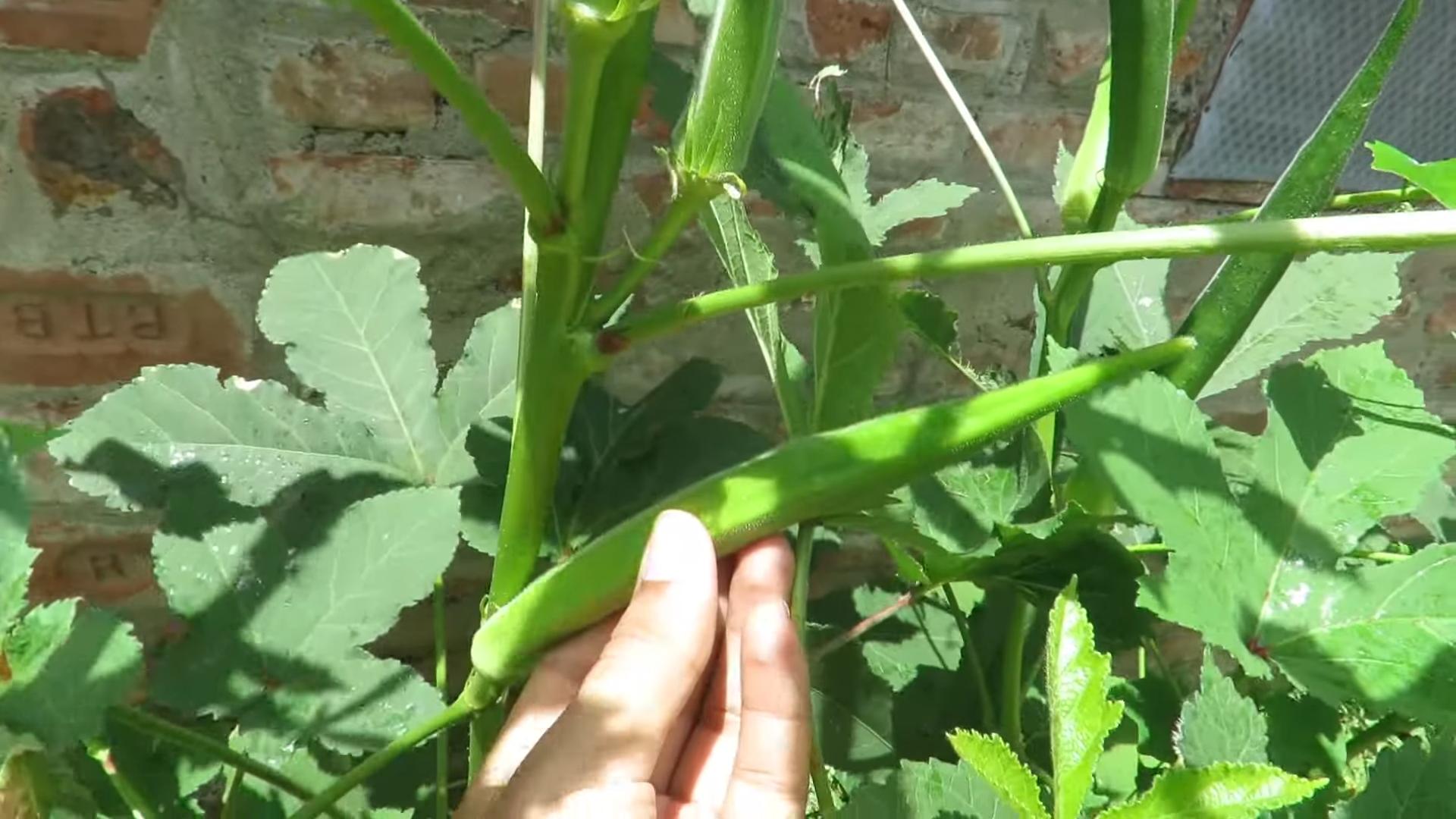
Container Okra Gardening: A Step-by-Step Guide
Okra, with its unique flavor and versatility, is a rewarding vegetable to grow. But you don’t need a sprawling garden to enjoy a bountiful harvest! I’m going to show you how I successfully grow okra in containers, even on my tiny balcony. This guide will walk you through everything from choosing the right container to harvesting your delicious okra.
Choosing Your Container and Location
- Size Matters: Okra plants have deep taproots and need ample space. Aim for containers at least 15 gallons in size, but larger is always better. Think about a 20-gallon or even a 30-gallon container for a truly robust plant. The bigger the container, the less frequently you’ll need to water.
- Material Selection: I prefer plastic containers because they retain moisture better than terracotta pots. However, terracotta is a good choice if you live in a hot climate and are concerned about overheating. Make sure your container has drainage holes to prevent root rot.
- Sunlight is Key: Okra thrives in full sun – at least 6-8 hours of direct sunlight per day. Choose a sunny spot on your patio, balcony, or deck. If you have limited sunlight, consider a supplemental grow light.
- Accessibility: Consider the weight of the container when it’s full of soil and a mature okra plant. You’ll need to be able to easily water and harvest your okra, so choose a location and container size that’s manageable for you.
Preparing the Soil and Planting
- Select High-Quality Potting Mix: Don’t use garden soil directly in your containers. Garden soil is too heavy and can compact, hindering root growth. Instead, use a well-draining potting mix specifically formulated for containers. You can even add some perlite or vermiculite to improve drainage further.
- Fill the Container: Fill your chosen container with the potting mix, leaving about an inch of space from the top. This allows for easy watering without spillage.
- Planting Your Okra Seeds or Seedlings: You can start okra from seed directly in the container or use seedlings. If starting from seed, sow seeds about ½ inch deep and 1-2 inches apart. If using seedlings, gently remove them from their starter pots, being careful not to damage the roots, and plant them at the same depth they were growing in their original containers. Space seedlings 12-18 inches apart, depending on the variety.
- Water Thoroughly: After planting, water the soil gently but thoroughly, ensuring the entire root system is moistened. Don’t overwater, though; just ensure the soil is evenly damp.
Ongoing Care and Maintenance
- Watering: Okra needs consistent moisture, especially during hot and dry periods. Water deeply and regularly, allowing the top inch or two of soil to dry out slightly between waterings. The frequency will depend on your climate and container size. Check the soil moisture regularly by sticking your finger a couple of inches into the soil.
- Fertilizing: Okra is a heavy feeder. Start fertilizing about a month after planting. Use a balanced liquid fertilizer, following the instructions on the package. Feed every 2-3 weeks throughout the growing season. You can also use slow-release fertilizer granules at planting time.
- Pest and Disease Control: Keep an eye out for common okra pests like aphids, spider mites, and flea beetles. Inspect your plants regularly and take action if you see any infestations. You can use insecticidal soap or neem oil to control pests organically. Good air circulation can also help prevent fungal diseases.
- Staking or Caging (Optional): Depending on the variety of okra you’re growing, you may need to stake or cage your plants to support the tall stems and prevent them from flopping over. Use stakes or tomato cages to provide support.
- Mulching (Optional): Adding a layer of mulch around the base of your plants can help retain moisture, suppress weeds, and regulate soil temperature.
Harvesting Your Okra
- Harvest Time: Okra pods are ready for harvest when they are 2-3 inches long and tender. The pods will become tough and stringy if left on the plant too long.
- Harvesting Technique: Use a sharp knife or pruning shears to harvest the pods. Cut them cleanly from the plant, leaving a short stem attached. Harvest regularly to encourage continued production.
- Storage: Store freshly harvested okra in the refrigerator in a plastic bag for up to a week. You can also freeze okra for longer storage.
Troubleshooting Common Problems
Yellowing Leaves:
Yellowing leaves can indicate several problems, including nutrient deficiencies, overwatering, or underwatering. Check your watering habits and consider adding fertilizer if needed.
Flowering but No Pods:
This can be due to insufficient pollination. Try hand-pollinating your flowers with a small brush or cotton swab. Ensure your plants are getting enough sunlight and water.
Small or Stunted Plants:
This could be due to overcrowding, poor soil drainage, or nutrient deficiencies. Ensure your plants have enough space and are getting the proper nutrients.
Remember to always research the specific needs of your chosen okra variety for optimal results. Happy gardening!
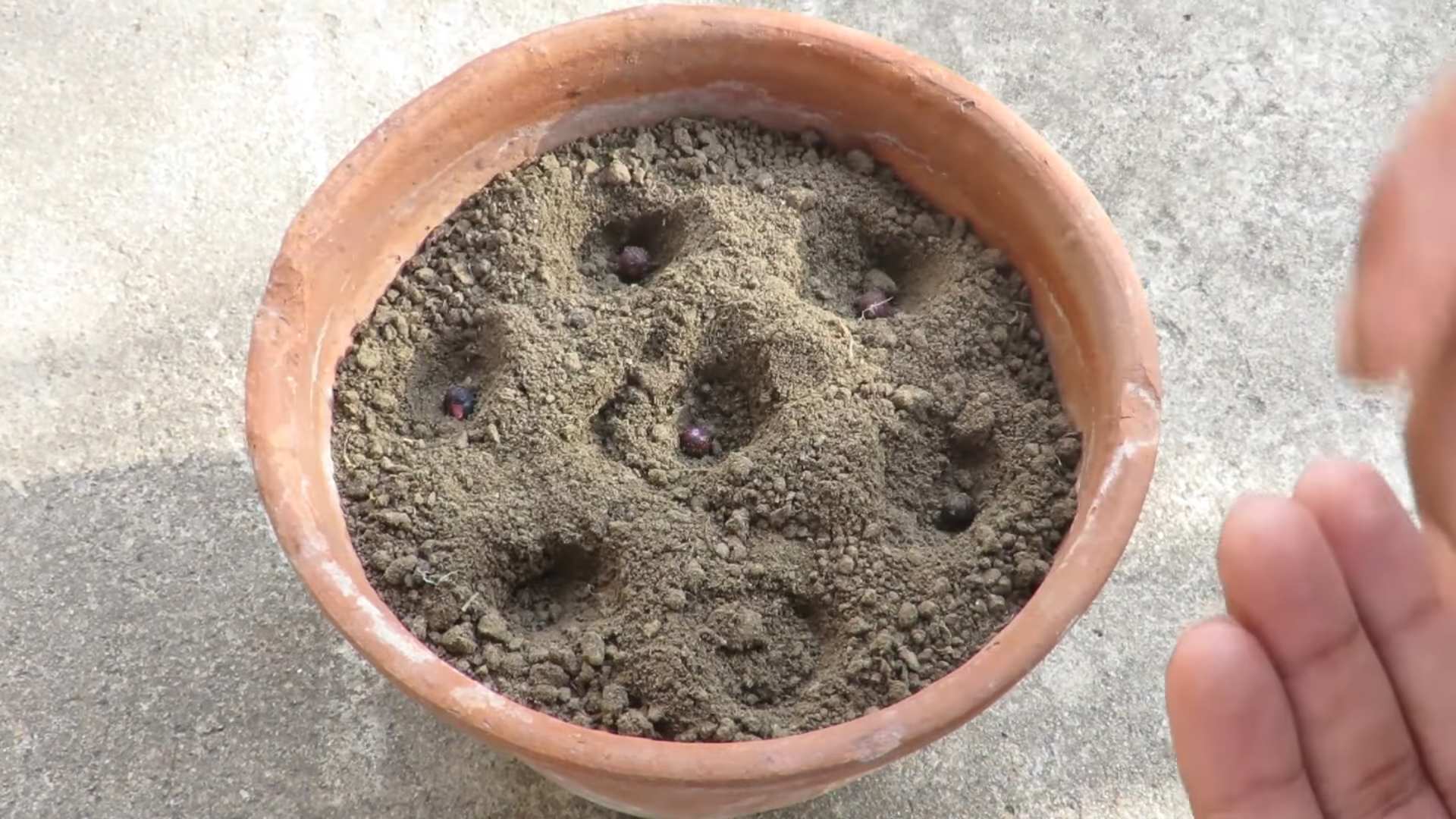
Conclusion
So there you have it – your comprehensive guide to mastering the art of container okra gardening! This surprisingly simple DIY trick unlocks a world of possibilities for even the smallest urban spaces or those with limited garden beds. Container okra gardening offers unparalleled control over your plants’ environment, allowing you to optimize sunlight, water, and nutrient levels for a bountiful harvest. By following these steps, you can enjoy fresh, homegrown okra all season long, regardless of your gardening experience. The satisfaction of nurturing these vibrant plants from seed to succulent pod is truly rewarding, and the taste of your own homegrown okra is simply unmatched. This method is perfect for beginners, offering a manageable and successful introduction to vegetable gardening. It’s also a fantastic option for experienced gardeners looking to maximize their yield in limited spaces. The flexibility of container gardening allows you to easily move your plants to follow the sun or protect them from harsh weather conditions. This level of control significantly increases your chances of success, making container okra gardening a truly worthwhile endeavor.
Beyond the basic method outlined, the possibilities for customization are endless. Experiment with different container sizes and materials – terracotta pots offer excellent drainage, while plastic containers retain moisture longer. Consider using self-watering containers for even more convenience. You can also explore companion planting, incorporating herbs like basil or marigolds to deter pests and improve soil health. For those with limited space, consider vertical gardening techniques, using hanging baskets or stacked containers to maximize your yield. Don’t be afraid to get creative! Try different okra varieties to find your favorites – some varieties are better suited to container growing than others. Researching different okra types and their specific needs will further enhance your gardening success. Remember to regularly monitor your plants for pests and diseases, and address any issues promptly to maintain healthy growth. With a little care and attention, you’ll be amazed at the abundance of delicious okra you can grow in your containers.
We strongly encourage you to try this rewarding and surprisingly easy method of container okra gardening. Share your experiences with us! Post pictures of your thriving okra plants on social media and tag us – we’d love to see your success stories. Your feedback and experiences will inspire other aspiring gardeners to embark on their own container okra gardening journeys. Remember, the key to success lies in consistent care, attention to detail, and a touch of patience. With these elements, you’ll be harvesting your own delicious, homegrown okra in no time. Don’t let limited space hold you back from experiencing the joy of growing your own food. Embrace the challenge, embrace the process, and embrace the delicious rewards of container okra gardening. It’s a journey that will not only provide you with fresh, healthy okra but also a deep sense of accomplishment and connection to nature. So, what are you waiting for? Get started today and discover the magic of container okra gardening!
Frequently Asked Questions
What type of container is best for growing okra?
While almost any container will work, larger containers (at least 5 gallons) are ideal for okra’s robust root system. Terracotta pots offer excellent drainage, preventing root rot, while plastic containers retain moisture better, which can be beneficial in drier climates. Choose a container with drainage holes to prevent waterlogging.
How much sunlight does okra need?
Okra thrives in full sun, requiring at least 6-8 hours of direct sunlight daily. Choose a location in your garden or on your patio that receives ample sunlight throughout the day. If you’re using containers, you can easily move them to follow the sun’s path.
What kind of soil is best for container okra?
Okra prefers well-draining, fertile soil. Use a high-quality potting mix specifically formulated for vegetables. You can also amend your potting mix with compost or other organic matter to improve drainage and fertility. Avoid using garden soil directly in containers, as it can be too heavy and compact.
How often should I water my container okra?
Water your okra regularly, keeping the soil consistently moist but not soggy. The frequency of watering will depend on factors such as weather conditions, container size, and type of container. Check the soil moisture regularly by sticking your finger a couple of inches into the soil. Water thoroughly when the top inch or two feels dry.
When can I harvest my okra?
Okra pods are ready for harvest when they are 2-3 inches long and tender. Harvest regularly to encourage continued production. Harvesting frequently also prevents the pods from becoming tough and woody.
What are some common problems with container okra gardening?
Common problems include pests (aphids, spider mites), diseases (fusarium wilt), and nutrient deficiencies. Regularly inspect your plants for signs of pests or diseases and address any issues promptly. Provide adequate nutrients through fertilization to prevent nutrient deficiencies. Proper watering and drainage are also crucial to prevent many common problems.
Can I grow okra from seed directly in a container?
Yes, you can! Start okra seeds indoors 6-8 weeks before the last expected frost, then transplant the seedlings into your containers once they have a few sets of true leaves. Alternatively, you can direct sow seeds outdoors after the last frost, but starting indoors often leads to an earlier harvest.
What are some companion plants for okra?
Basil, marigolds, and nasturtiums are excellent companion plants for okra. Basil can deter pests and improve the flavor of okra, while marigolds repel nematodes and other pests. Nasturtiums also deter pests and add a beautiful visual element to your container garden.
How do I overwinter my container okra plants?
Okra is a warm-season crop and is not frost-tolerant. In areas with freezing winters, you’ll need to treat okra as an annual plant. Once the first frost hits, the plants will die back. You can compost the plant material and start new seeds the following spring.

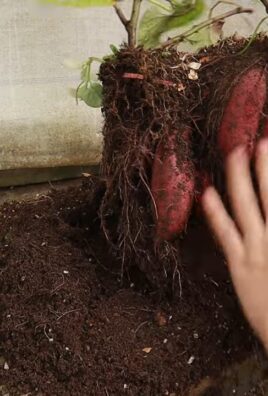
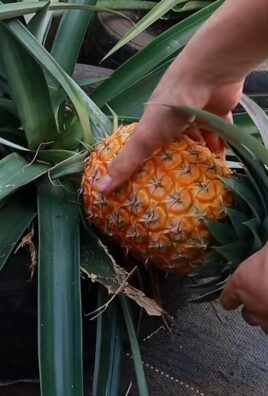
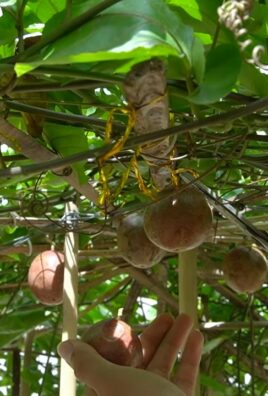
Leave a Comment